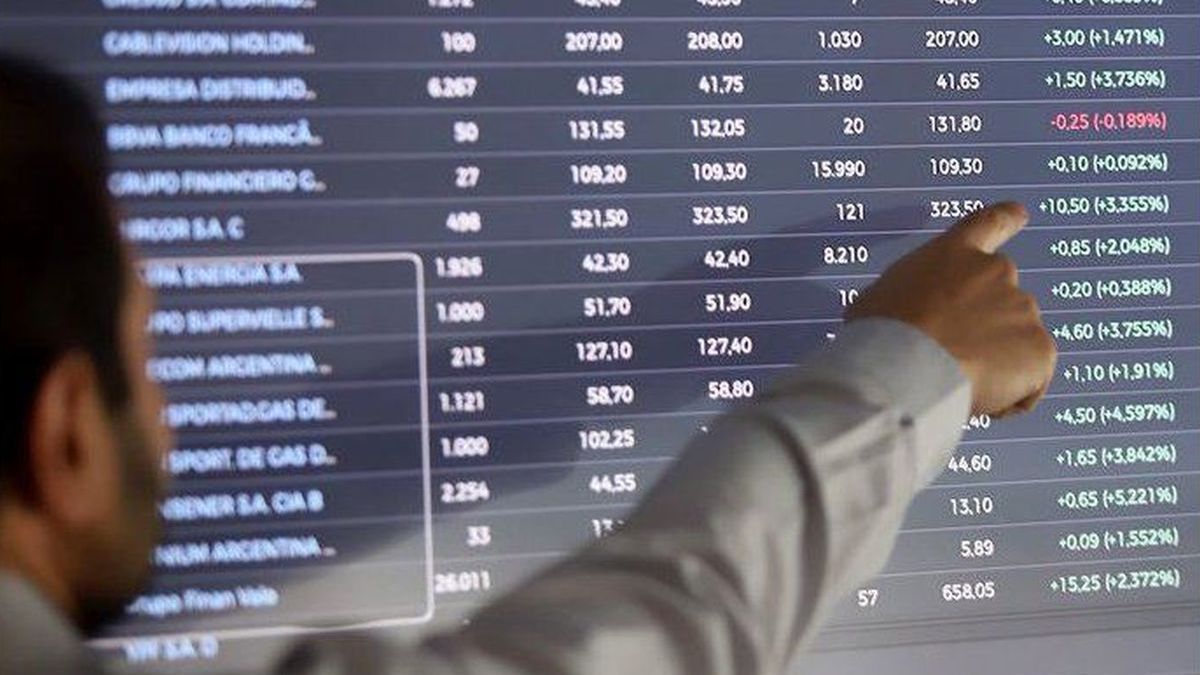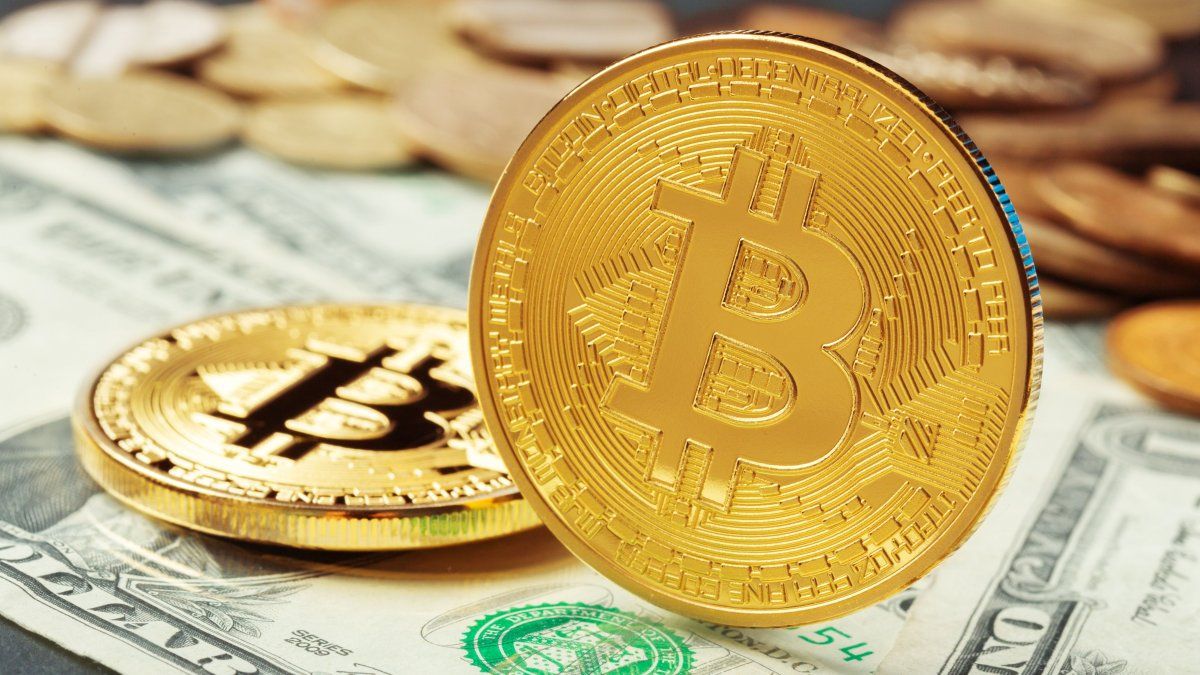Under this scenario, ADRs and sovereign bonds in dollars soared, pending economic announcements by the Government. The Buenos Aires stock market started the month on the rise, supported by the electoral results in Brazil while waiting for the ballot between Jair Bolsonaro and Lula Da Silva.
The S&P Merval rose 4.3% to 145,062.99 points after losing 2.7% last week. The shares that led the rises were those of Supervielle Bank (+9.3%); followed by YPF (+8.7%) and Banco Macro (+8.6%).
At the same time, shares of Argentine companies listed on Wall Street jumped up to 10%, led by YPF ADRs, followed by Banco Macro (+8%) and Corporación América (+7.9%).
Also, the actions of Tenaris rose 7.9%, those of Banco Supervielle (+7.7%) and those of Grupo Financiero Galicia grew 7.4%.
The markets react positively to the result of the election in Brazil and the Bovespa index rose 5.5% this Monday, driven by the result of the elections on Sunday, which determined that Luiz Inácio Lula da Silva and President Jair Bolsonaro will dispute a ballot on October 30.
The Bovespa Index (Ibovespa), where the main papers of the São Paulo market meet, recorded its highest daily rise since April 2020.
While most polls had predicted that Lula would beat incumbent far-right President Jair Bolsonaro by between 10 and 15 percentage points, the The official tally showed a 5-point margin, leading bankers and analysts to predict that Lula would need to move further into the center before the second round on Oct. 30.
On the local scene, the Minister of Economy, Serge Massa, was optimistic on Friday announcing that the country met the goals of the International Monetary Fund (IMF) after increasing the reserves of the Central Bank (BCRA) through a special exchange rate for soybean producers. “Rather than a macro approach to the problems, it seems that the Government will continue with micro measures, such as adjustment of the stocks, price controls or business margins and the sectoral exchange rate,” estimated Roberto Geretto, Fundcorp economist.
“The “soybean dollar” widely exceeded the objective by achieving settlements in agriculture (…). Although this gives air to reserves, in the coming months the collateral effects will have to be dealt with: fewer settlements in agriculture and a monetary hangover for more than 1 trillion pesos, which through the absorption of the BCRA increased Leliqs’ snowball,” he added, adding that “thus, Everything indicates that doubts and pressure in the exchange market will return in the coming months.
“The internal political conflicts and especially the unfavorable international context weighed on the emerging debt and not to mention the local debt, registering an average decrease of 17% in September and returning 80% of said rally (bullish started with the assumption of Massa),” commented brokerage StoneX.
From Econviews they pointed out that the “political tension, a trap that does not seem to be softening, with fiscal restrictions to lower inflation, it seems to us that Massa’s gestures and his pragmatism played a positive role so that Argentina moves away two steps from the precipice.”
“But these gestures are hardly enough to lower inflation or for GDP per capita to grow in the election year.“, he remarked.
For its part, Wall Street closed sharply higher on Monday, at the start of the final quarter of a tumultuous year with interest rate hikes, historically high inflation and fears of slowing economic growth.
All 11 major sectors of the S&P 500 rose, with energy gaining the most. Data showed manufacturing activity rose at its slowest pace in nearly two-and-a-half years in September as new orders contracted, likely as interest rates rose to control inflation cooled demand for goods.
In that framework, the S&P 500 gained 2.54% to 3,678.43, while the Nasdaq Composite rose 2.23% to 10,811.04 and the Dow Jones Industrial Average soared 2.63% to 29,480.41. units.
“The rebound from the north, accompanied by Brazilian assets after the reading left by the first electoral round, seeks to be taken advantage of especially by the ADRs, since the bonds in dollars only manage to accompany timidly despite the punished parities”stressed the economist Gustavo Ber.
“Beyond these external fluctuations, operators are also attentive to the new exchange measures that would come after the soybean dollar, since they expect to know the strategy that would be applied in this last quarter where the supply of foreign currency would be lower and this could require applying defensive tactics on reserves,” he analyzed.
Bonds and country risk
In the fixed income market, sovereign securities in dollars jumped up to more than 8% after accumulating falls of up to 19% in September. Advances were spearheaded by Global 2030 (7.6%), Bonar 2035 (7.2%) and Bonar 2030 (6.9%).
“Bonds and stocks traded with good improvements taking advantage of the positive global and regional climate“, highlighted from Aurum Valores.
At a global level, they highlighted that officials from the United States Federal Reserve continue to support the need to maintain an aggressive pace in monetary policy.
“Investors in general tend to consider that the tightening will have to be moderated due to the recessionary risk that this policy would cause. Nevertheless. for now, the signs are not going in the direction that the market expects despite the improvements we see today in bonds (lower rates) and stocks“, they commented.
Thus, the risk country measured by JPMorgan it fell 3.3% or 93 points to 2,708 basis points.
Source: Ambito
David William is a talented author who has made a name for himself in the world of writing. He is a professional author who writes on a wide range of topics, from general interest to opinion news. David is currently working as a writer at 24 hours worlds where he brings his unique perspective and in-depth research to his articles, making them both informative and engaging.




